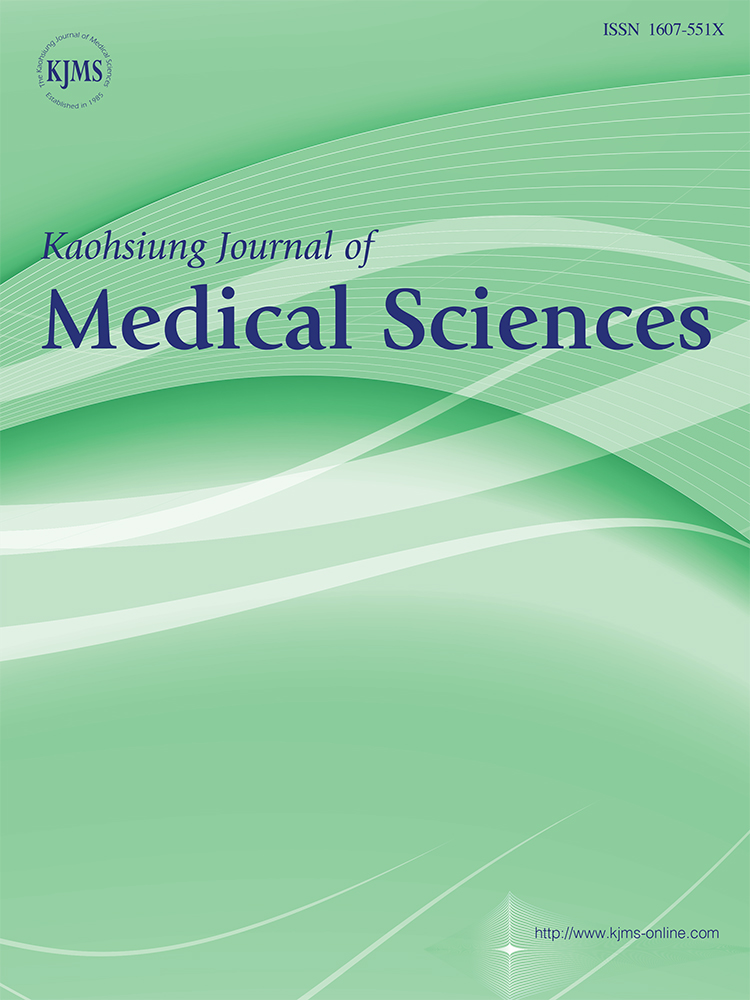Inappropriate Hospital Utilization for Long-stay Patients in Southern Taiwan
Abstract
This study examined the inappropriate utilization of hospital services under the National Health Insurance (NHI) program. The study population consisted of long-stay inpatients who stayed longer than 30 days in acute care hospitals located in southern Taiwan. The study hospitals included four medical centers, six regional hospitals, and 21 district general hospitals. The survey of patients was conducted in January and May of 1996 using the Acute Care Hospital Long-stay Questionnaire developed by the research team. Excluding subjects with missing values and abnormal length of stay, 536 long-stay patients were included in the analysis. Among these, 196 patients (36.6%) were classified as having an inappropriate stay, while 340 patients (63.4%) had an appropriate stay. Of the long-stay patients in medical centers, 32.2% were inappropriate stays; this figure was 45.4% for regional hospitals and 43.3% for district general hospitals. There were significantly higher proportions of inappropriate long-stay patients in regional and district general hospitals than in medical centers. In conclusion, this study confirms the existence of inappropriate hospital bed days, which may be due to patient characteristics, hospital factors, and NHI payment schemes. If the NHI program can provide incentives to long-stay patients who no longer need acute care to move, patients' utilization behaviors might change and hospital discharge plans could be modified for more efficient utilization of hospital beds.




